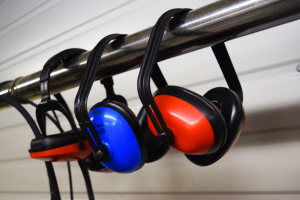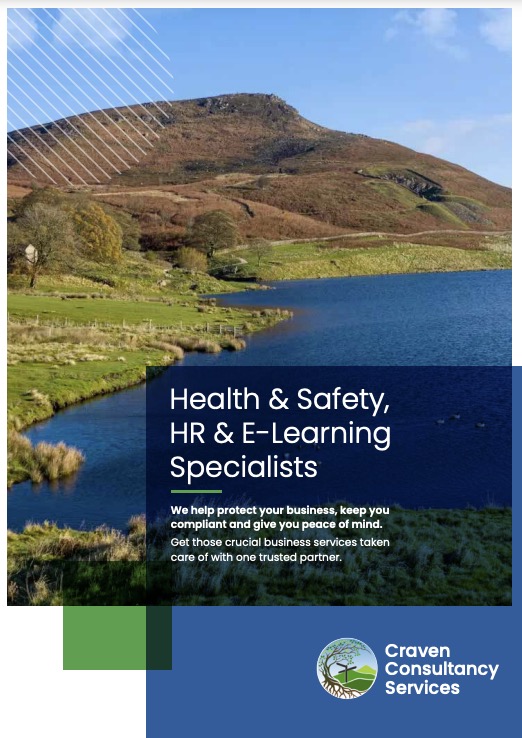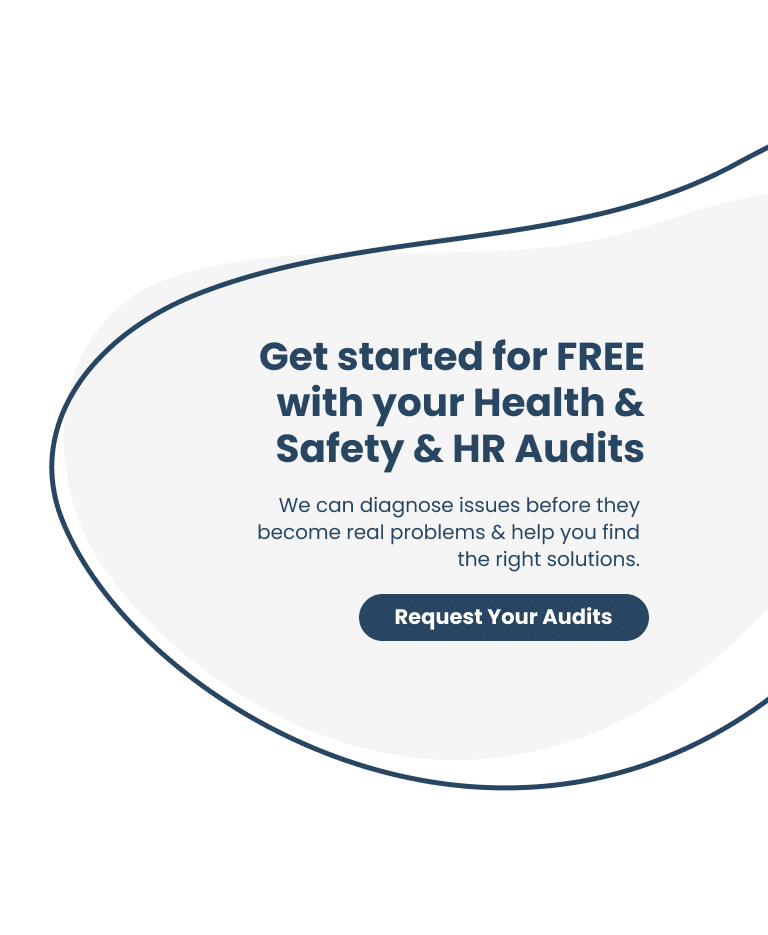Introduction
Noise at work has been recognised as a potential health hazard. Evidence shows that excessive noise can cause long term damage to hearing and accelerate the normal loss of hearing which occurs as people grow older. Everyone exposed to excessive noise (i.e., above 80 dB) for long periods will be affected.
 Exposure to excessive noise at work can also cause safety issues. Excessive noise, regardless of whether a person has developed hearing issues as a result of this, can cause communication issues within the workplace and make people less aware of their surroundings and any hazards that may be around them.
Exposure to excessive noise at work can also cause safety issues. Excessive noise, regardless of whether a person has developed hearing issues as a result of this, can cause communication issues within the workplace and make people less aware of their surroundings and any hazards that may be around them.
In addition, noise can:
- Interfere with sleep (especially if a person develops tinnitus – ringing, whistling, buzzing or humming in the ears)
- Contribute to stress both in the workplace and home environment
- Interfere with the performance of non-auditory tasks through increased errors
What must an employer do?
- Provide hearing protection to all employees who are within hearing protection zones.
- Ensure that where it is necessary for hearing protection to be worn that it is enforced.
- Ensuring that all suitable signage is in place and maintained.
- Ensuring that all employees falling under their control are given appropriate training and instruction in noise control matters commensurate with their activities.
- Ensuring that all areas within their responsibility where noise is likely to be a nuisance or exceed 80dB(A) are identified.
- Ensuring that all those areas identified where noise is a nuisance or exceeds 80dB(A), noise assessments are carried out.
- Ensuring that noise is reduced to the lowest level reasonably practicable or is controlled at source by design or engineering means.
- Ensure that where noise levels exceed 80dB, the reasons are identified and that steps are taken to reduce the noise at source and or reduce the time employees have to spend in the noisy area.
- Ensuring that there is a procedure in place for cleaning and maintaining noise control equipment and hearing protection in an efficient working order.
- Refer employees working in noisy areas to an Occupational Health provider for appropriate health surveillance including baseline screening on commencement of employment.
What are the exposure action values?
Upper Exposure Action Value – 85dB(A) personal exposure averaged over a day
137dB(C) peak sound pressure
Wherever exposure at or above these levels occurs, certain actions are required by the Control of Noise at Work Regulations 2005.
Where exposure is very varied, average exposure may be calculated over a week rather than a day.
Exposure Limit Value – 87dB(A) exposure averaged over a day or a week
140DB(C) peak sound pressure
This is the maximum sound exposure permitted for any individual and takes hearing protection into account i.e., it is the actual sound exposure of the individual “at the ears” following any attenuation from hearing protection.
 Hearing protection will be made available on request if noise exceeds the lower action value (80dB).
Hearing protection will be made available on request if noise exceeds the lower action value (80dB).
Any area where noise levels exceed 85dB (or peak sound level of 137dB) must be designated as “Hearing Protection Zones” and marked with appropriate signage. Within these areas, wearing of hearing protection is compulsory, even though exposure may only be for a short period of time.
Hearing protection provided must be suitable for the levels and type of noise individuals are exposed to.
Hearing protection should be stored properly, well maintained, and regularly inspected by a competent person and replaced when necessary.















